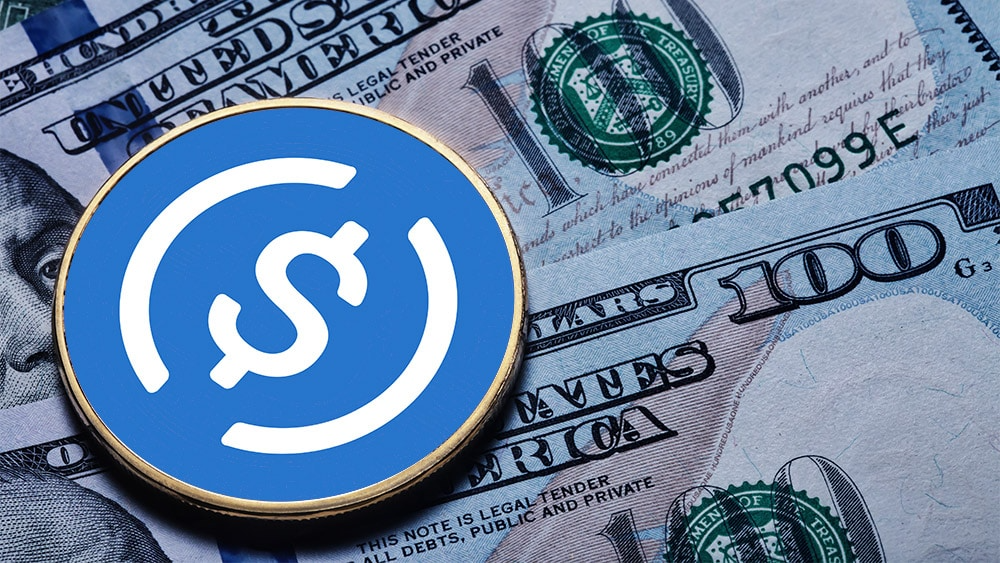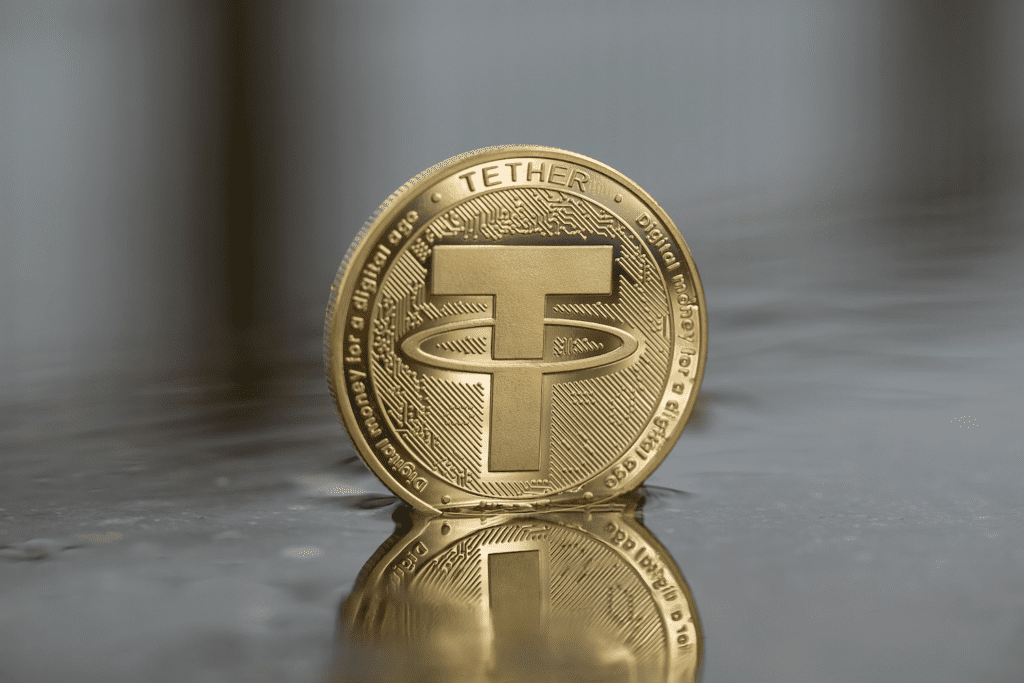Key Points:
- USDC’s market capitalization has dropped significantly since the beginning of this month.
- Other stablecoins like BUSD also saw declines.
- USDT is the “most stable” stablecoin in recent times.
With the volatility associated with the collapse of crypto banks over the past month, the market capitalization of USDC has dropped significantly. Its rival, USDT, has now outperformed in every indicator.

On March 6, when authorities closed down crucial reserve banks Silicon Valley Bank, USDC token net outflows had reached $10 billion.
Despite the fact that US payments business Circle has survived SVB’s collapse and USDC has re-established the dollar price peg it lost in the immediate aftermath, the token’s market valuation has plunged 24.5% from its one-time $44 billion to $33.2 billion, according to crypto price tracker CoinGecko.
Meanwhile, Binance’s BUSD currency, along with other stablecoins, has fallen. Its market capitalization surpassed $10 billion on March 1st. Yet, this sum is now just $7.6 billion.
After SVB disintegrated on March 10, outflows accelerated, trapping $3.3 billion in cash reserve deposits in Circle’s vaults for days until government intervention.
The occurrence threw the stablecoin market into disarray as USDC and lesser stablecoins momentarily lost their price peg, and it also emphasized how fiat-backed stablecoins depend on the stability of established financial institutions.
It is worth mentioning that USDT by Tether, the market stablecoin issuer, has gained dramatically over this period. Since the bank’s instability, its capitalization has increased by more than 11%, from $71.6 billion to $79.6 billion. USDT has recently emerged as “the most stablecoin.”

USDT is a critical component of the crypto ecosystem that is commonly utilized to facilitate trade on exchanges. Tether, its issuer, has received criticism for years over its reserve assets and lack of transparency, although these problems seem to have lately been less of a worry among investors.
Tether’s chief technical officer, Paolo Ardoino, told CNBC that USDT had roughly $1.6 billion in surplus reserves and that the stablecoin issuer was on course to make a $700 million profit in the first quarter of the year.
TrueUSD (TUSD), another stablecoin, has gained traction as a result of Binance promoting TUSD as an alternative to BUSD and expanding trade with the currency. From the beginning of the month, its capitalization has increased by more than 66%.
In general, the substitution of stablecoins with USDT, particularly USDC at present, has not been acknowledged.
DISCLAIMER: The Information on this website is provided as general market commentary and does not constitute investment advice. We encourage you to do your own research before investing.
Join us to keep track of news: https://linktr.ee/coincu
Harold
Coincu News




















